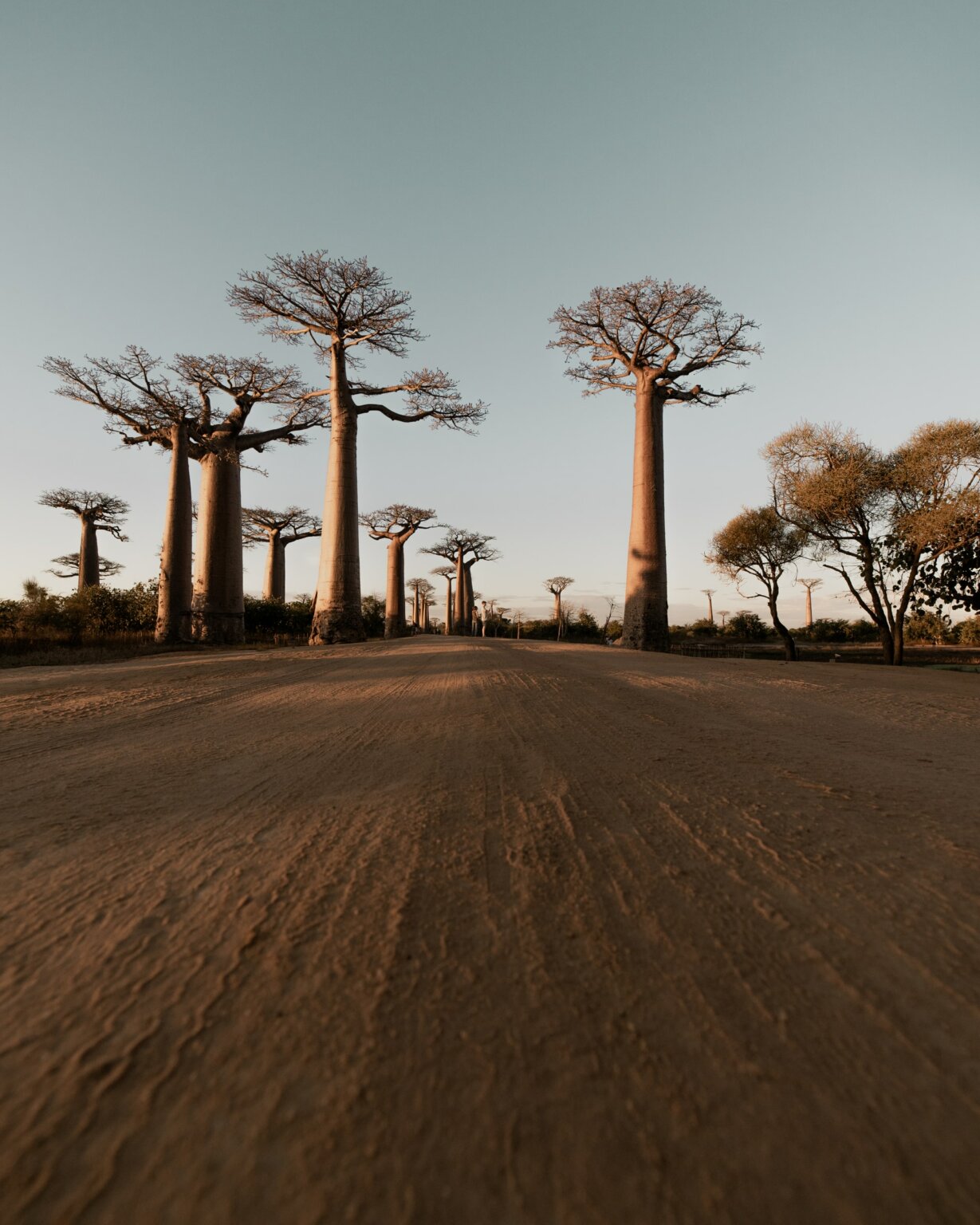- About
- Topics
- Picks
- Audio
- Story
- In-Depth
- Opinion
- News
- Donate
-
Signup for our newsletterOur Editors' Best Picks.Send
Read, Debate: Engage.
| April 21, 2023 | |
|---|---|
| topic: | Mass Extinction |
| tags: | #biodiversity loss, #conservation, #endangered species, #climate crisis |
| by: | Gerardo Bandera |
Biodiversity refers to the variety of life on Earth, including the diversity of species, genes and ecosystems. It is the result of billions of years of evolution and is essential for the stability of ecosystems and environmental regulation, such as air purification, carbon sequestration and population control.
However, destructive human activities and the worsening climate crisis are resulting in the loss of this biodiversity through the extinction and endangerment of species, which results in far-reaching consequences for the environment, as well as for human beings.
The risks and dangers of bee extinction
Biodiversity loss has a cascading effect on ecosystems and the environment, leading to a decline in ecosystem services and reduced resilience to disturbances. Some of the consequences include:
The blue whale is critically endangered. How many are left?
The loss of biodiversity has significant implications for human health, well-being and economic development. Some of the ways in which biodiversity loss affects humans include:
By copying the embed code below, you agree to adhere to our republishing guidelines.
